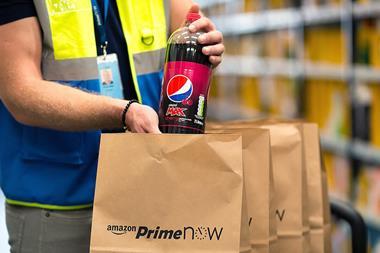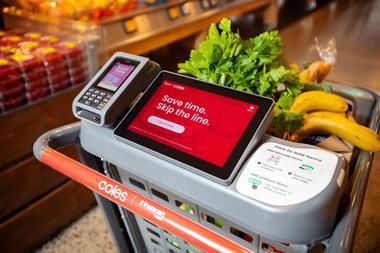
The trend away from weekly main shops to little and often might have reached its ceiling, new research suggests.
Research by shopper insights consultancy Shoppercentric in December found the proportion of shoppers who had abandoned weekly main shops in favour of shopping little and often was 16%, the same figure as in 2016. Before then the proportion had jumped from 11% in 2015.
Shoppercentric’s latest Shopper Stock Take Index collected more than 1,000 online survey responses from shoppers.
It found that shoppers are making the most of the choice available. Their average repertoire has changed to five stores or websites - an increase of one compared with the previous year.
The biggest change in the five channels the report covers is in the use of discounters - up 13 percentage points on 2016 figures to 57% of UK shoppers.
Use of the big four supermarkets climbed four percentage points to 83%.
It recorded no significant change in convenience store or online grocery usage - 49% and 30% respectively.
The survey also found that nearly half of all shoppers are making changes to their spending because of worries about the stability of their household budgets
This pace of change has accelerated in the past 12 months: the proportion of those making minor changes was 16% a year ago but today it is 44%.
Some 26% of shoppers have noticed prices increasing a lot, and 56% have noticed small increases. Shoppers primarily put these increases down to the state of the economy, 54%, and Brexit, 50%, although a ‘fair proportion’ blame the exchange rate, cost of ingredients and greedy companies.
Other findings show 80% of shoppers are now ’being careful to avoid waste; 75% avoid temptation to buy things they do not need; 50% go out of their way to find the best prices and will split shopping across different stores to get the best deals.
Some 60% buy own label where they can to keep costs down and a third use online shopping to check spending as they go.
The Shopper Stock Take Index shows a seven percentage point increase to 58% in the number of shoppers triggered to shop by content on their smartphone. Using a mobile to find an item has climbed four percentage points to 60%.
The number of shoppers using a smartphone to buy a product now accounts for 42% of shoppers - up 7%.
Danielle Pinnington, managing director at Shoppercentric, said retailers and brands must keep a finger on the shopper pulse and appreciate that each customer is using a range of strategies to cope with increasing pressures on household budgets.
“With shoppers picking and choosing between stores for particular items based on their own experience of how well different retailers deliver, there is even greater pressure to differentiate and create memorable in-store experiences. Equally, avoiding or challenging misconceptions based on bad experiences has become more important,” she said.
“Now is the time to get out and about among today’s consumers and shoppers so that marketing strategies resonate with their needs, flexing as those needs change to cope with whatever 2018 throws at them.”


















No comments yet